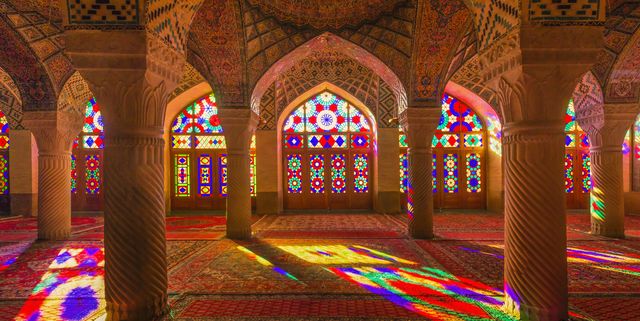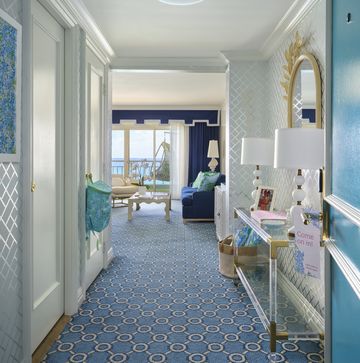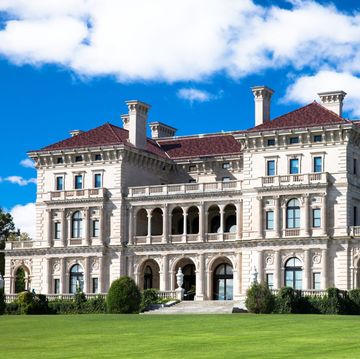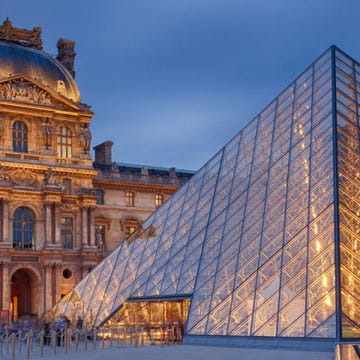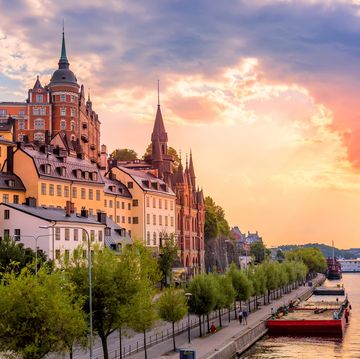Jama Masjid in Delhi, India
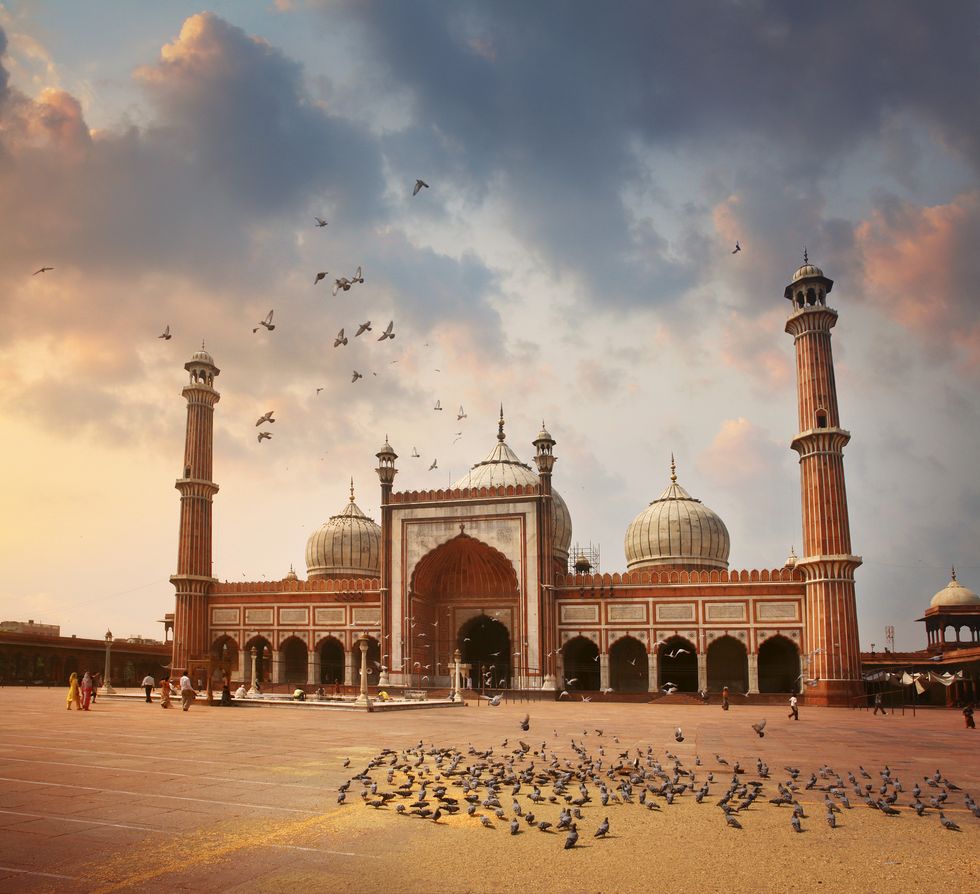 narvikk//Getty Images
narvikk//Getty ImagesBuilt between 1650 and 1656 by Emperor Shah Jahān, the marble and red sandstone mosque celebrates the opulence of Moghul architecture and design. The magnificent structures provide a quiet sanctuary away from the bustle of Old Delhi. The mosque's staggering prayer hall can accommodate up to 25,000 people and the building features four watchtowers and two minarets. Archways with calligraphic inscriptions in Persian signify the entrance of the prayer hall while acting as the mosque’s hallmark.
The Great Mosque of Djenné in Djenne, Mali
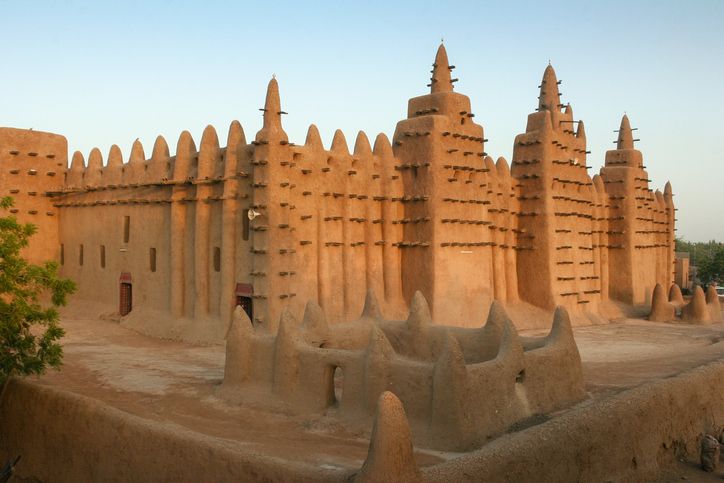 © Santiago Urquijo//Getty Images
© Santiago Urquijo//Getty ImagesMali's Great Mosque of Djenné is regarded as one of the greatest achievements of Sudano-Sahelian architecture. Made of mud and adobe plaster, the original structure can roughly be traced back to the 13th century, though the mosque was reconstructed in 1907. One of the Great Mosque's most distinctive features is the ostrich eggs placed at the very top of the pillars—they stand as a symbol of fertility and purity in the Malian region.
Crystal Mosque in Kuala Terengganu, Malaysia
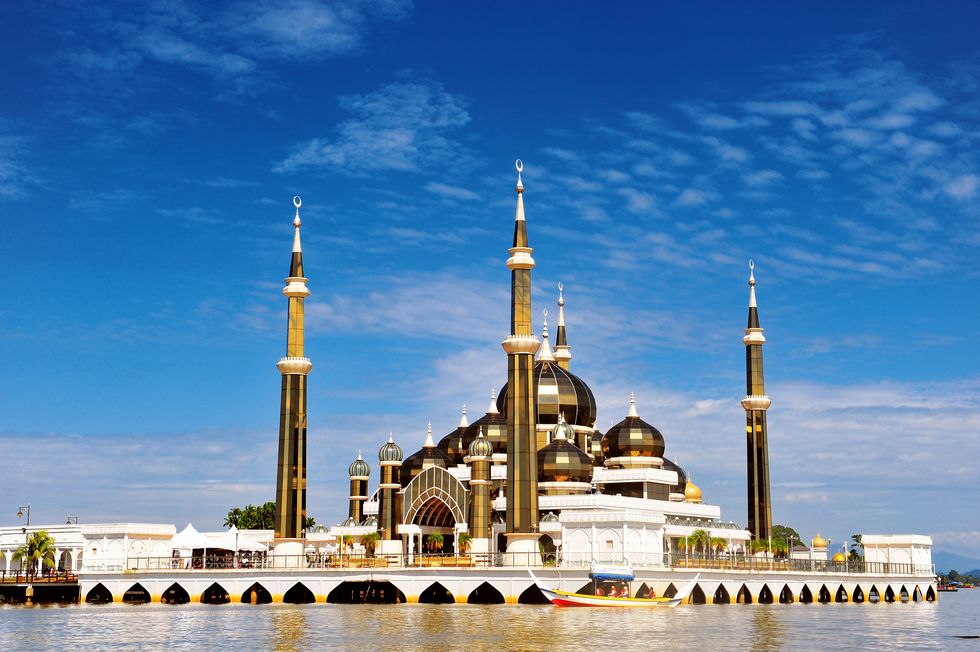 RAVINDRAN JOHN SMITH//Getty Images
RAVINDRAN JOHN SMITH//Getty ImagesUnlike most traditional mosques in the world, Malaysia's Crystal Mosque exhibits a more modern and sleek look with its completely steel and glass structure. The glass domes of the mosque appear as though they are made of pure gold when the prayer halls and meeting rooms are illuminated from the inside. The Crystal Mosque also features a few Chinese-inspired details in its architecture and design.
Advertisement - Continue Reading Below
Masjid Wazir Khan in Lahore, Pakistan
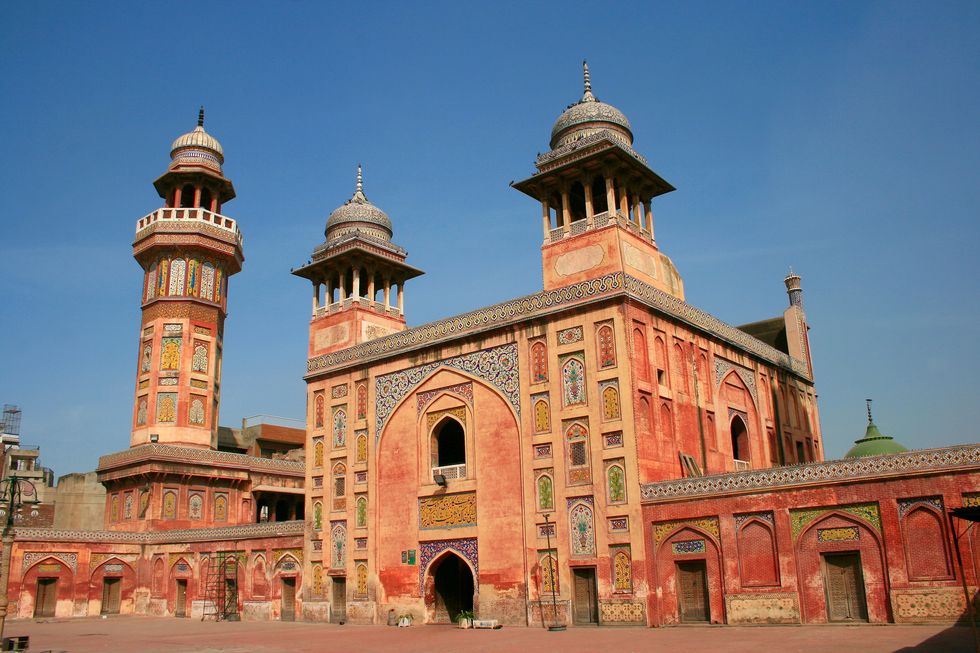 Iqbal Khatri//Getty Images
Iqbal Khatri//Getty ImagesAnother masterpiece commissioned by Shah Jahān, the Wazir Khan Mosque makes a regal statement at the center of the inner walled city of Lahore. Intricate frescoes and detailed tilework cover almost every inch of the mosque's walls from the four striking minarets found in the courtyard to the entrance to the prayer chamber. The Calligrapher's Bazaar features famous passages from Islamic works outlined with florals and geometric patterns which were all painted by renowned khattats.
Lala Mustafa Pasha Mosque in Famagusta, Cyprus
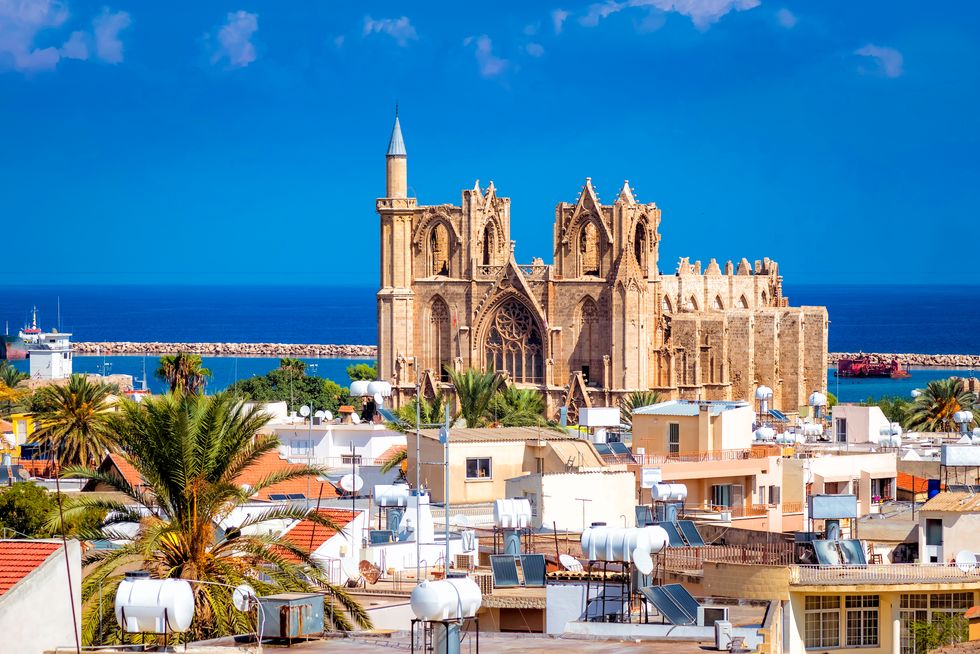 Kirillm//Getty Images
Kirillm//Getty ImagesOriginally named the Latin Cathedral of Saint Nicholas, the Lala Mustafa Pasha Mosque features some of the more striking Frankish architecture in the Middle East. The structure is thought to have been designed by Frenchman Jean Langlois in the late 13th and 14th centuries. Over the centuries, it served as a holy site in the heart of Famagusta for a number of regions and denominations until it ultimately became a mosque in 1571.
Sultan Ahmed Mosque in Istanbul, Turkey
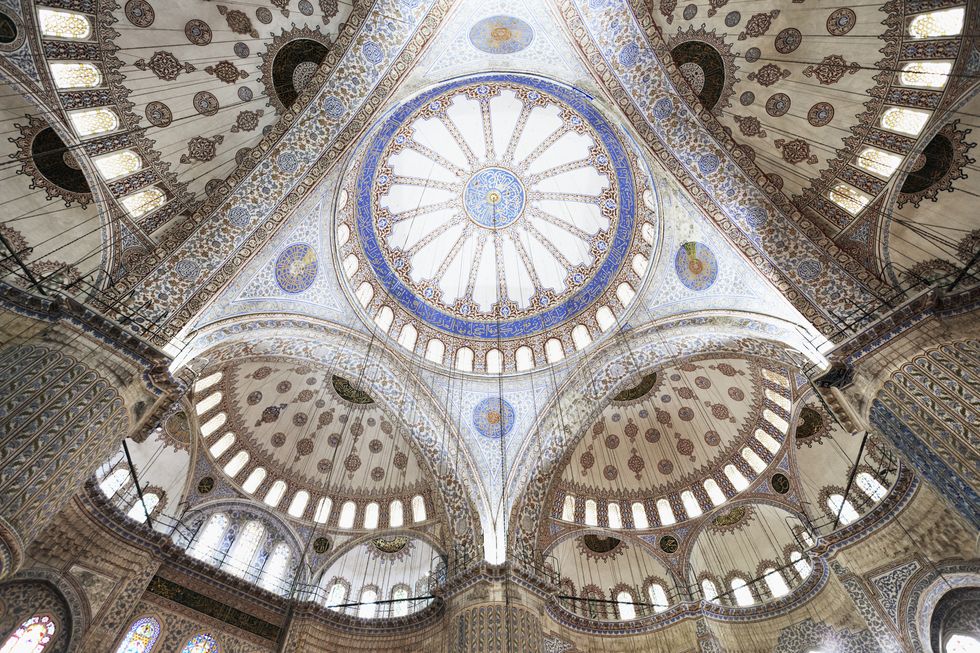 Gary Yeowell//Getty Images
Gary Yeowell//Getty ImagesConsidered one of the last classical Ottoman structures, the Sultan Ahmet Mosque earned its nickname as the Blue Mosque for its blue Iznik tiles that decorate the interior walls. Sultan Ahmet I commissioned the construction of the mosque in 1609 as a way to mark his legacy as a ruler. However, the young leader was only able to enjoy the masterpiece of Islamic architecture for a short time before his untimely death in 1617, the same year the mosque was completed.
Advertisement - Continue Reading Below
Hassan II Mosque in Casablanca, Morocco
 Mlenny//Getty Images
Mlenny//Getty ImagesHand-carved stone, intricate mosaic tilework, and gilded ceilings showcase the excellence of Moroccan craftsmanship at the Hassan II Mosque. Overlooking the Atlantic Ocean, the 700-feet-tall minaret—the second largest in the world—marks the entrance from worshippers and visitors to the Casablanca landmark which includes a madrassa, hammams, a comprehensive museum, and an exquisite library.
Nasir al-Mulk Mosque in Shiraz, Iran
 Tanatat pongphibool ,thailand//Getty Images
Tanatat pongphibool ,thailand//Getty ImagesNestled in one of Iran’s oldest cities, the Nasir al-Mulk mosque boasts a renowned reputation for its vibrant tones and unlikely architectural features. The place of worship earned the nickname “Pink Mosque” for the intricate pink-colored tiles adorning the ceiling and arabesque arches. In the early morning hours, sunlight rushes through its distinctive stained-glass windows and decorates the Persian rug-covered floor with riotous color.
Sheikh Zayed Grand Mosque in Abu Dhabi, United Arab Emirates
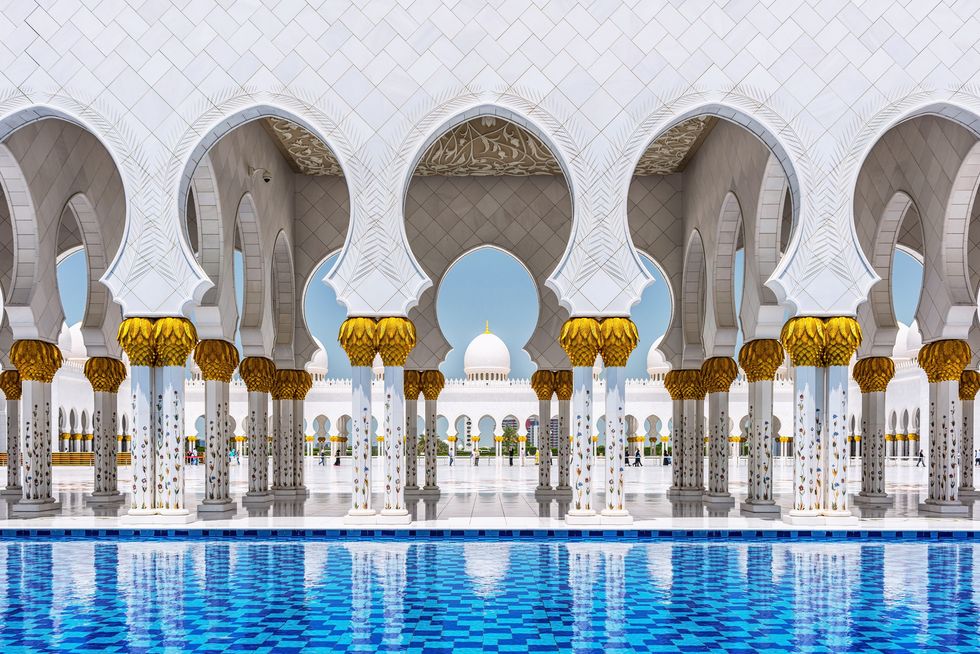 Christian Häcker//Getty Images
Christian Häcker//Getty ImagesSplendor erupts from Abu Dhabi in part thanks to the city’s cultural and religious masterpiece, the Sheikh Zayed Grand Mosque. With 82 white marble domes held by 1,096 exterior columns, 96 semiprecious jewel-encrusted internal columns, seven 24-carat gold-plated Swarovski crystal chandeliers, and the world’s largest carpet in its main prayer hall, the extravagant holy place captures the beauty and innovation of modern Islamic design.
The elaborate mother-of-pearl floral patterns—perhaps the most memorizing detail of the mosque—dressing the walls and floors were conceived by British artist and illustrator Kevin Dean.
Advertisement - Continue Reading Below
Shah Mosque in Isfahan, Iran
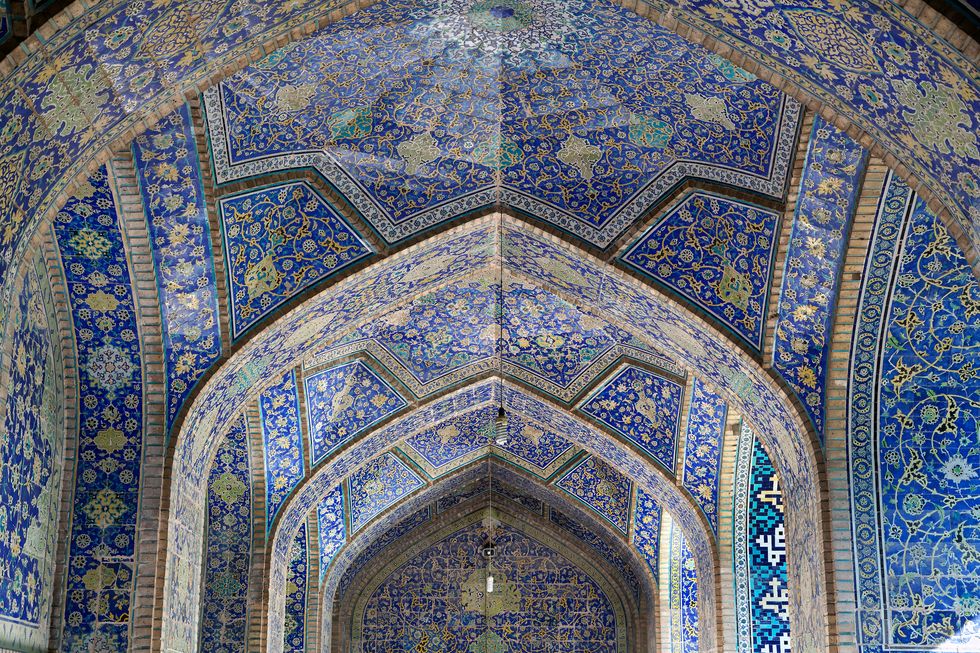 Andrea Ricordi, Italy//Getty Images
Andrea Ricordi, Italy//Getty ImagesThe acclaimed Shah Mosque stands as a landmark of decorative Persian architecture and art at the center of Isfahan’s Naqsh-e Jahan Square. Constructed in the early 17th century, the mosque features a haft rangi, or seven-color style of tile mosaic, where pictures are painted on rectangle tiles in shades of black, white, ultramarine, turquoise, red, yellow, and fawn.
Great Mosque of Xi'an in Xi'an, China
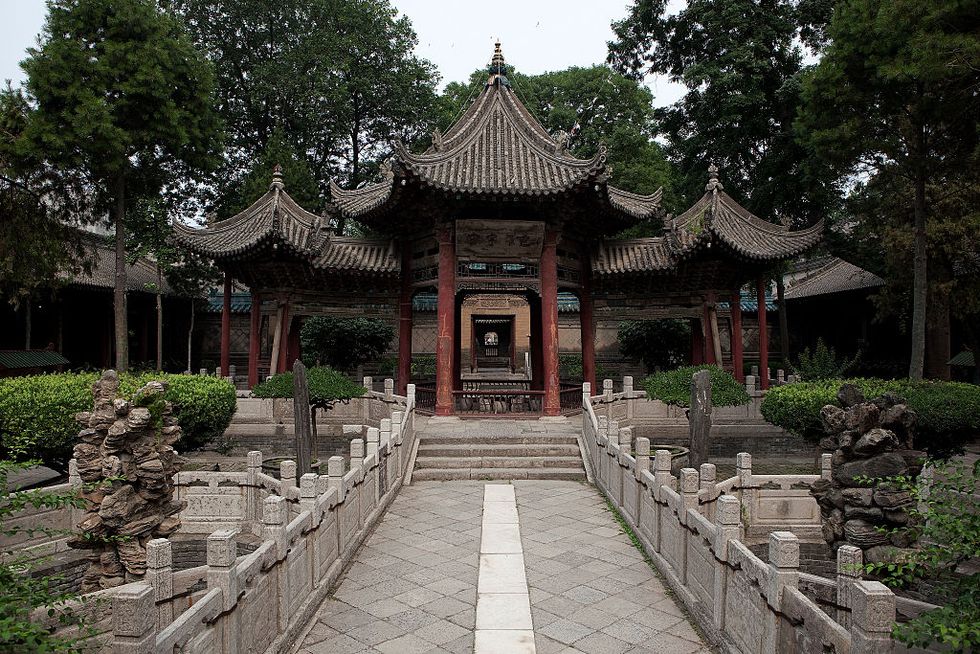 Ryan Pyle//Getty Images
Ryan Pyle//Getty ImagesA marriage of traditional Chinese architecture and Islamic practicality, the Great Mosque of Xi'an houses more than 20 building across its five courtyards, making it the largest mosque in China. Many of the sacred site’s architectural features pay homage to Persian roots while keeping in the style of the infrastructure during the Ming and Qing dynasty. For example, the pagoda within the third courtyard, called “Examining the Heart Tower,” serves as the mosque’s minaret.
Putra Mosque in Putrajaya, Malaysia
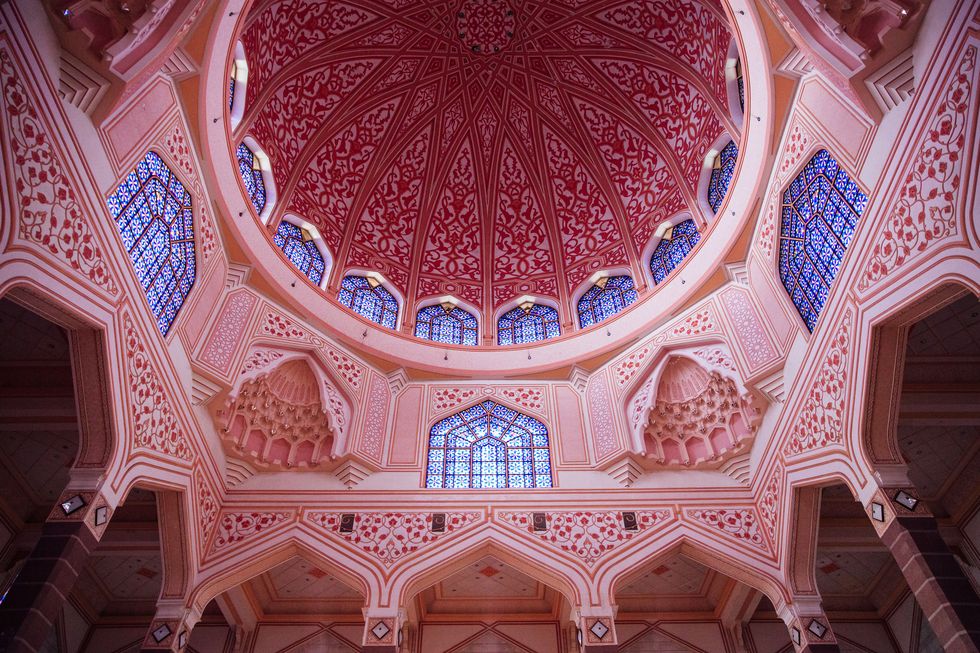 Elena Aleksandrovna Ermakova//Getty Images
Elena Aleksandrovna Ermakova//Getty ImagesOn the banks of the Putrajaya Lake, the Putra Mosque combines Persian design elements with indigenous materials to create a distinctive Malaysian landmark. Constructed of rose-tinted granite, the mosque consists of the main prayer hall, the courtyard, and various function rooms, accommodating upward of 15,000 people.
Advertisement - Continue Reading Below
Sultan Qaboos Grand Mosque in Muscat, Oman
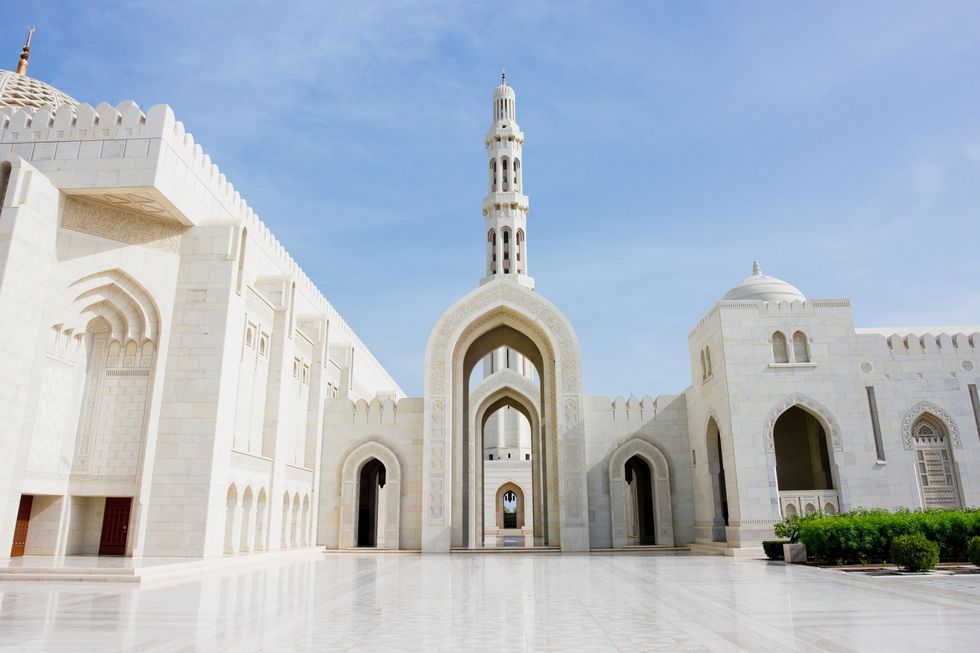 Mlenny//Getty Images
Mlenny//Getty ImagesSultan Qaboos announced his intention to build a palatial sanctuary in 1992, which included holding a competition to decide its design. After several years of construction, the Grand Mosque was finally inaugurated in 2001 as a way to celebrate the Sultan’s 30th year as ruler. The landmark’s showstopping centerpiece is the lavish chandelier over the men’s prayer hall; the lighting fixture consists of 600,000 pieces of crystal trimmed with gold and more than 100 lamps.
Tilla Kari Madrasa and Mosque in Samarkand, Uzbekistan
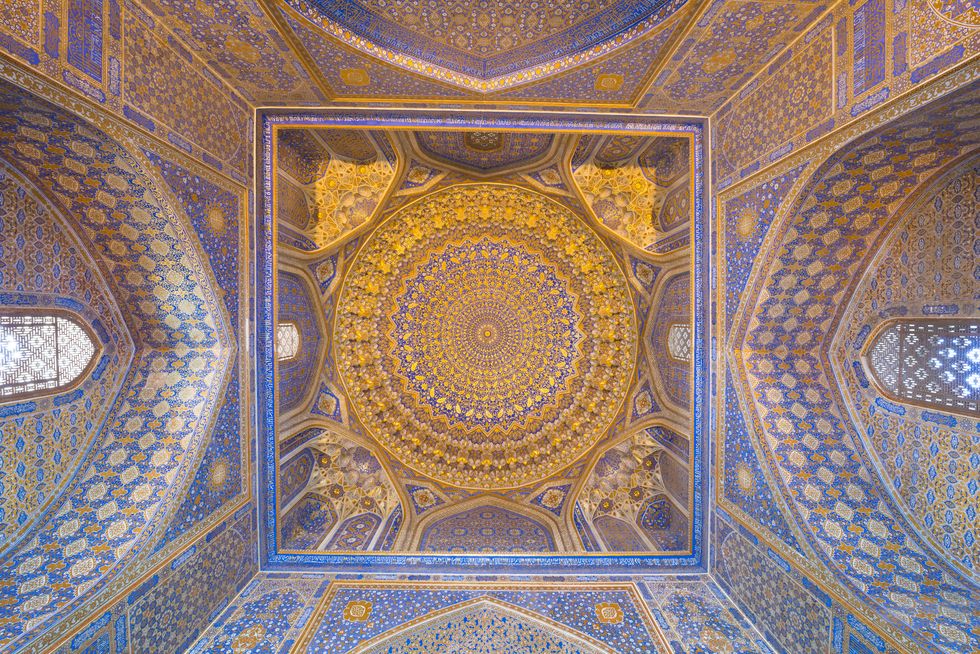 Marc Dozier//Getty Images
Marc Dozier//Getty ImagesAt the heart of the ancient city of Samarkand, the Tilla-Kari Madrasa and Mosque shines against its desert background with its breathtaking blue mosaics and gold-leafed cupola. Completed in 1660, the mosque’s luxe color palette symbolized the Silk Road city’s wealth during that era.

Sarah DiMarco (she/her) is the associate editor at VERANDA, covering all things design, architecture, art, gardens, jewelry, travel, wine and spirits. She also manages social media for the brand.
Advertisement - Continue Reading Below
Advertisement - Continue Reading Below
Advertisement - Continue Reading Below
